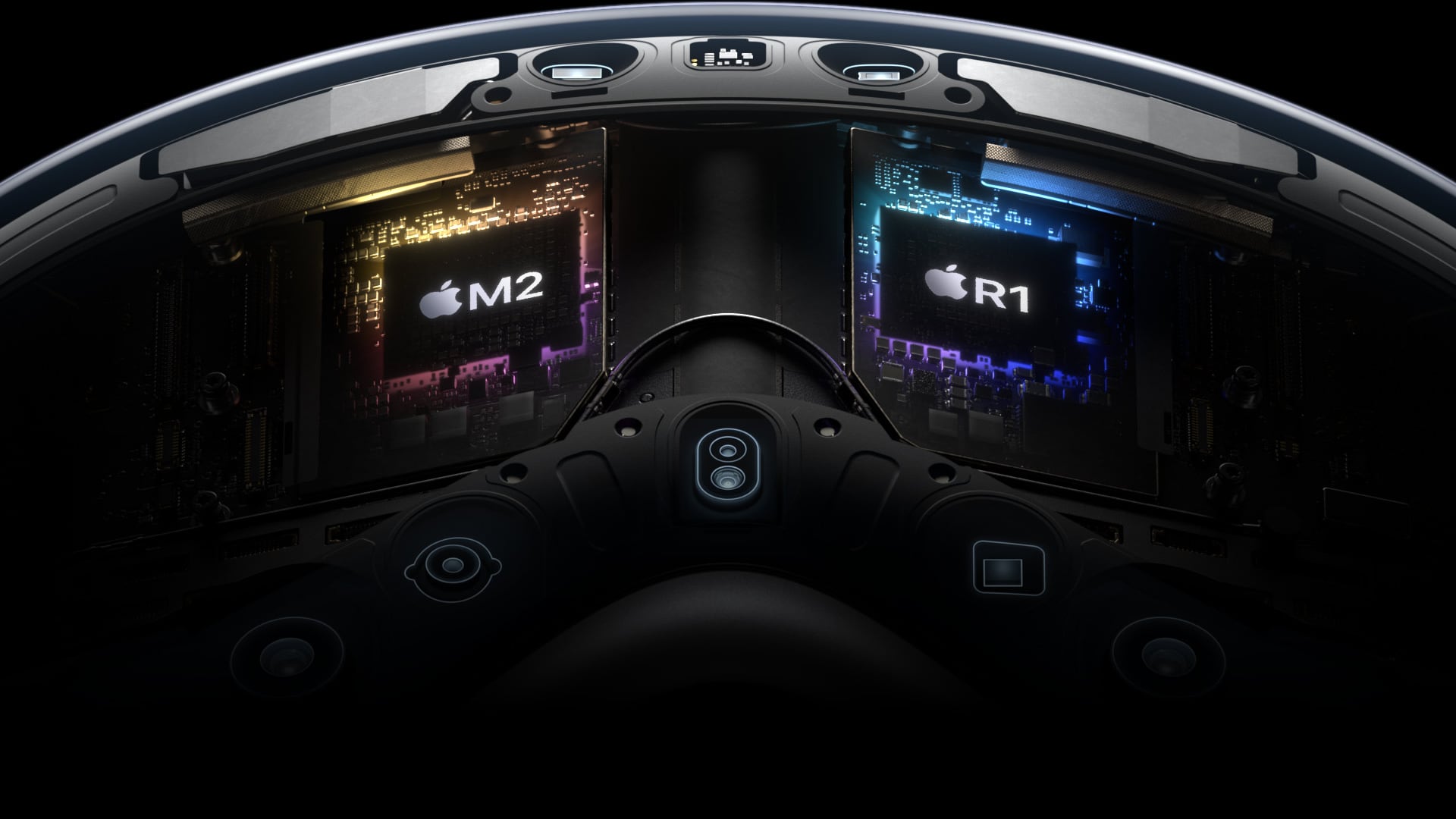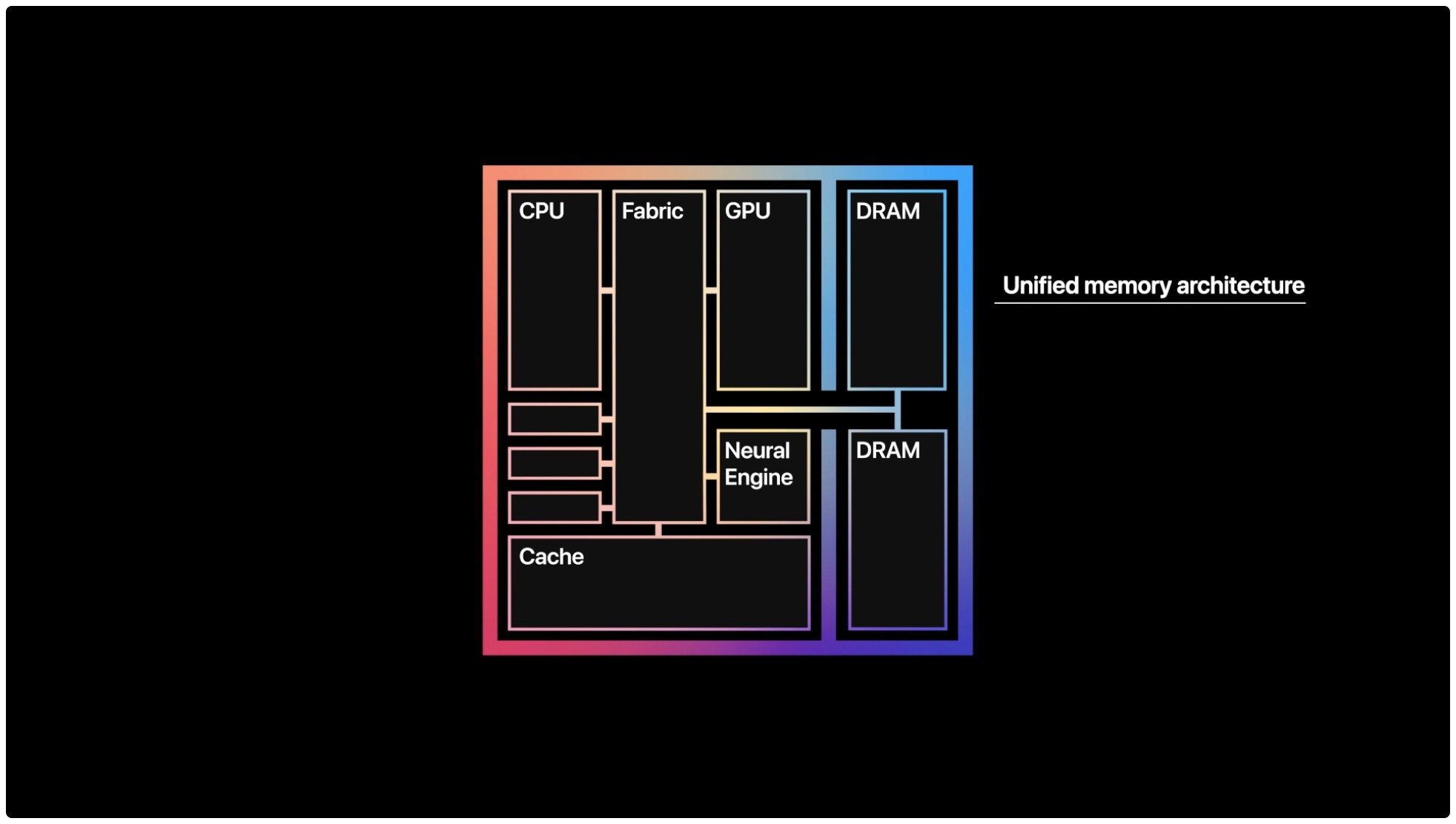Apple’s M2 and R1 chips that power its Vision Pro headset have sixteen gigabytes of RAM arranged in Apple’s unified memory architecture that cannot be upgraded.

The Vision Pro is powered by Apple silicon, which has relied on Apple’s unified memory architecture from the beginning. The amount of RAM the Vision Pro has can be gleaned from the files that comprise the Xcode developer environment.
It looks like Bloomberg’s Mark Gurman was correct. In June 2023, shortly before Apple took the wraps off the Vision Pro, he said the device would use 16GB of RAM.
The Vision Pro has 16GB of unified RAM memory
Yesterday, Apple unleashed Xcode 15.2. Developers need this crucial update to compile their visionOS apps before submitting them for inclusion in the App Store.
Another thing Xcode 15.2 suggest is that Apple probably plans to build out a diverse line of Vision-branded products. Already Xcode and Apple’s website have swapped mentions of “Apple Vision Pro” with “Apple Vision,” for example.
Apple has also refreshed its naming guidelines to prevent developers from using terms it doesn’t like, like augmented reality (AR), virtual reality (VR), mixed reality (MR) and extended reality (XR), in their app descriptions on the App Store.
How does Apple’s unified memory architecture work?
Instead of requiring a bus controller and introducing overhead by having to move data between the main system RAM and RAMs on the GPU and other parts of the system, the unified memory architecture permits the CPU, GPU, Neural Engine and other parts of the SoC to share data via a single pool of memory.
This increases bandwidth while decreasing RAM latency. Because data is no longer copied between multiple pools of memory, the CPU is free to do other tasks.
There’s just one drawback with that—because the RAM is soldered directly on an Apple silicon chip, it’s impossible to upgrade the RAM on an Apple silicon device.
That’s why choosing a Mac with the right amount of unified RAM is crucial. Once you’ve made that choice, there’s no going back. You won’t be able to change your mind and expand the RAM after your Apple silicon computer has shipped.
The Vision Pro will start shipping on February 2
Apple will start accepting pre-orders for the headset on January 19 at 5am PT. The Vision Pro will launch in Apple’s retail stores in the United States on February 2.
The device ships with 256 gigabytes of onboard storage. Apple typically offers multiple storage tiers, but it hasn’t clarified whether there will be versions of the Vision Pro featuring more than 256 gigabytes of storage.
The head-worn device will launch in additional countries later in 2024.
